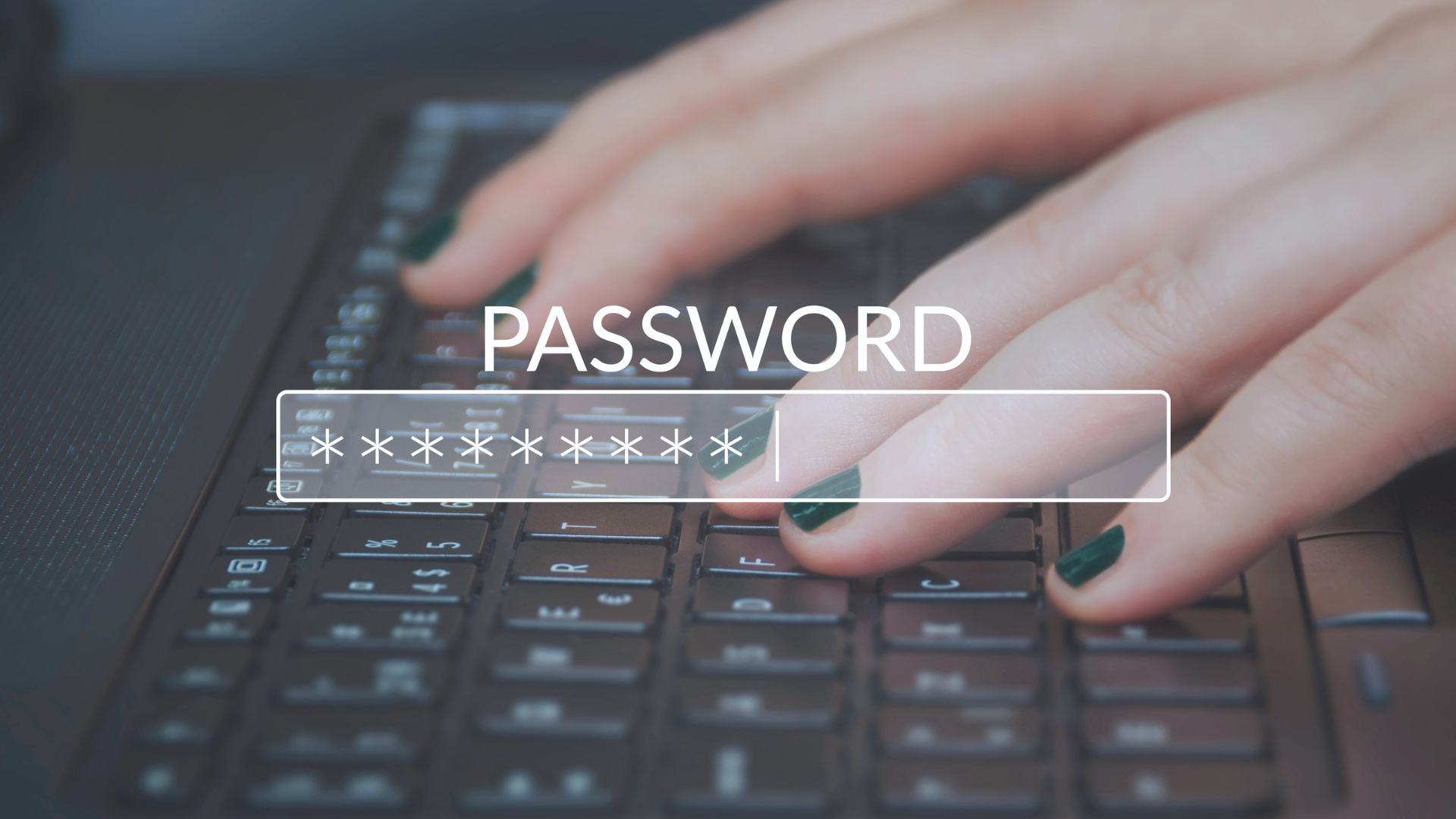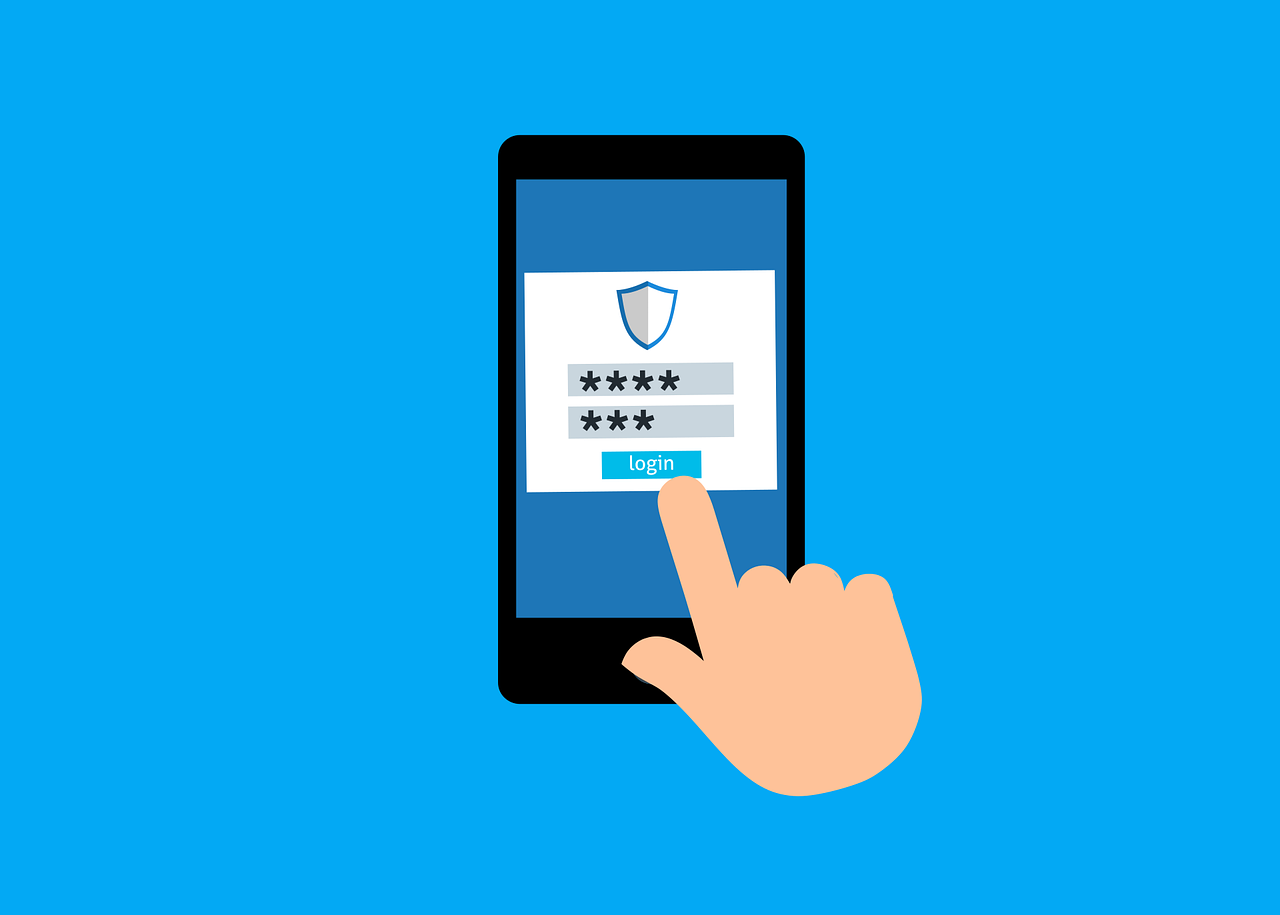Understanding Password Spraying Attacks: How They Work and How to Prevent Them
One of the most effective yet often overlooked cyber threats is password spraying. This type of attack targets multiple user accounts using commonly...
3 min read
Danielle : Jun 19, 2025 10:00:00 AM
In today’s digital world, cyber threats are more sophisticated than ever. Weak passwords or outdated authentication methods can lead to data theft, identity fraud, or financial loss for both individuals and organizations. While a strong password is a critical first defense, it’s only one part of a comprehensive cybersecurity strategy.
This guide explores the importance of strong passwords, the role of multi-factor authentication (MFA), modern verification technologies, and common mistakes to avoid.
Your password acts as the gateway to your personal and professional accounts. When passwords are weak or reused, they become easy targets for hackers who use tactics like brute-force attacks, phishing scams, and credential stuffing.
Simple passwords like "123456" or "password" are among the first combinations hackers try.
Reused passwords across multiple accounts create a chain reaction: one breach can compromise several accounts.
Security experts recommend passwords that:
Include a mix of uppercase and lowercase letters, numbers, and special characters
Are at least 12 characters long
Are unique to each account
Using a password manager can help generate and securely store complex passwords, reducing the risk of duplication or exposure.
Multi-factor authentication (MFA) adds a critical layer of protection by requiring more than just a password to access an account.
Something You Know – Passwords, PINs, or security questions
Something You Have – Devices like smartphones, hardware tokens, or security keys
Something You Are – Biometrics such as fingerprints or facial recognition
SMS Codes – Convenient, but vulnerable to SIM-swapping attacks
Authenticator Apps – Apps like Google Authenticator or Authy provide one-time codes without using SMS
Hardware Tokens – Physical devices like YubiKey offer strong, phishing-resistant protection
Despite its benefits, MFA adoption remains low due to perceived inconvenience. However, the added security far outweighs the slight extra effort.
The cybersecurity industry is shifting away from traditional passwords toward safer, more user-friendly methods.
Biometrics like fingerprint scans and facial recognition offer convenience, but they’re not foolproof. These systems can be spoofed or compromised if biometric data is stolen.
These technologies analyze patterns in how users type, move their mouse, or interact with devices—making it harder for attackers to mimic legitimate users.
The FIDO (Fast Identity Online) standard allows for secure, password-free logins using:
Hardware security keys
Device-based authentication (like Touch ID or Face ID)
Tech giants including Apple, Google, and Microsoft are adopting FIDO standards to make passwordless access mainstream.
Even the best tools require responsible use. Maintaining secure credentials means staying proactive and informed.
Monitor Data Breaches – Use tools like Have I Been Pwned to check if your credentials have been exposed
Avoid Phishing – Don’t click on suspicious links or enter credentials on unverified sites
Use a Password Manager – These tools create and store strong, unique passwords, securely encrypted
Regularly Update Passwords – Especially for critical accounts like email, banking, or work systems
For organizations, enforcing password policies and offering regular cybersecurity training is key to minimizing internal risks.
Even well-meaning users often fall into habits that compromise security. Here are some frequent errors—and how to avoid them:
Passwords like “password123,” “qwerty,” or birthdates are simple to guess. Avoid any terms that appear in dictionaries or follow predictable patterns.
If one account is breached, reused passwords allow attackers to access multiple services. Each account should have a unique, strong password.
Skipping 2FA—especially when available—is a major oversight. Even strong passwords can be compromised, but 2FA serves as a crucial backup defense.
Avoid storing passwords in plain text documents or sticky notes. Instead, use a reputable password manager that encrypts your data.
Long-term password use—especially after a known breach—leaves you vulnerable. Set a reminder to change key account passwords every 3–6 months.
Cybersecurity isn’t a one-time task—it’s an ongoing process. Strong passwords and multi-factor authentication form the foundation, but staying informed and using emerging technologies like passwordless logins can significantly enhance your digital safety.
Whether you're an individual or an organization, taking proactive steps today can prevent costly security incidents tomorrow.
Need help with your cybersecurity strategy? Contact us for expert solutions tailored to your specific needs.

One of the most effective yet often overlooked cyber threats is password spraying. This type of attack targets multiple user accounts using commonly...

The surge of remote work has reshaped the contemporary work landscape, bidding farewell to the era of inflexible office hours and daily commutes here...

Have you ever worried about your credit card or personal information being stolen while shopping online? You’re not alone. Every holiday season, as...